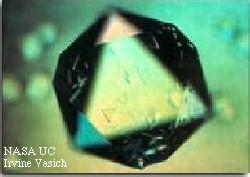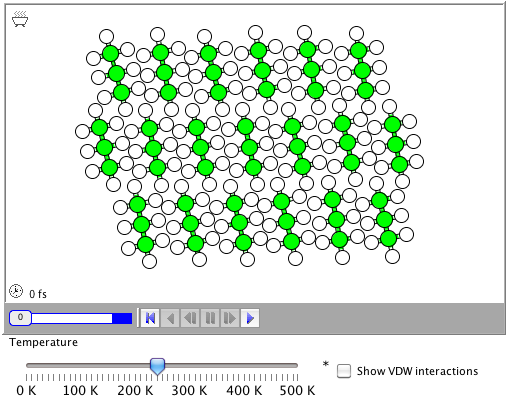A technological design & problem solving process changes ideas into a final product or system.
Bio-related technologies are the processes of using biological mater to make or modify products.
Bio-related technologies are the processes of using biological organisms to make or modify products.
Communication is the process of composing, sending, and receiving messages through technology.
Communication is the process of composing, sending, and receiving messages using technological devices.
Construction is the process of turning materials into useful structures.
Construction is the process of turning raw materials into useful structures.
Decisions about the use of products and systems can result in expected and unexpected consequences.
Energy and power technologies are the processes of converting energy sources into useful power.
Energy and power technologies use processes to convert energy into power.
Innovation is the process of improving an existing product, process, or system.
Invention is a process of creating new products, processes, or systems.
Inventions and innovations must be carefully assessed by individuals and society.
Manufacturing is the process of turning materials into useful products.
Manufacturing is the process of turning raw materials into useful products.
People select, create, and use science and technology and are limited by constraints (e.g. social and physical).
People select, create, and use technology.
Safety is one of the most important concerns for all technological development and use.
Science and technology are interconnected.
Technological design & problem solving follows many steps.
Technological design & problem solving includes clearly communicated solutions.
Technological design & problem solving includes frequent checking.
Technological design & problem solving requires hands-on applications.
Technological literacy is a lifetime endeavor.
Technological literacy is necessary for a productive 21st century skilled workforce.
Technological literacy is necessary for a productive workforce.
Technological literacy is necessary for all citizens.
Technological literacy is required for all citizens in a democratic society for shared decision-making.
Technological literacy is the ability to understand, use, assess, design, and create technology.
Technological literacy is the ability to understand, use, assess, design, and produce technology (i.e. Invention & Innovation).
Technological literacy requires lifelong learning.
Technology and society impact each other.
Technology and society mutually impact each other.
The abilities required in a technological world include understanding, fixing, and maintaining systems.
The goal of technology is to meet human needs and wants.
Transportation is the process of safely and efficiently moving people and products.
Understanding technological systems help us plan and control technological developments.
While science is the study of the natural world, technology is the study of the human designed world.


